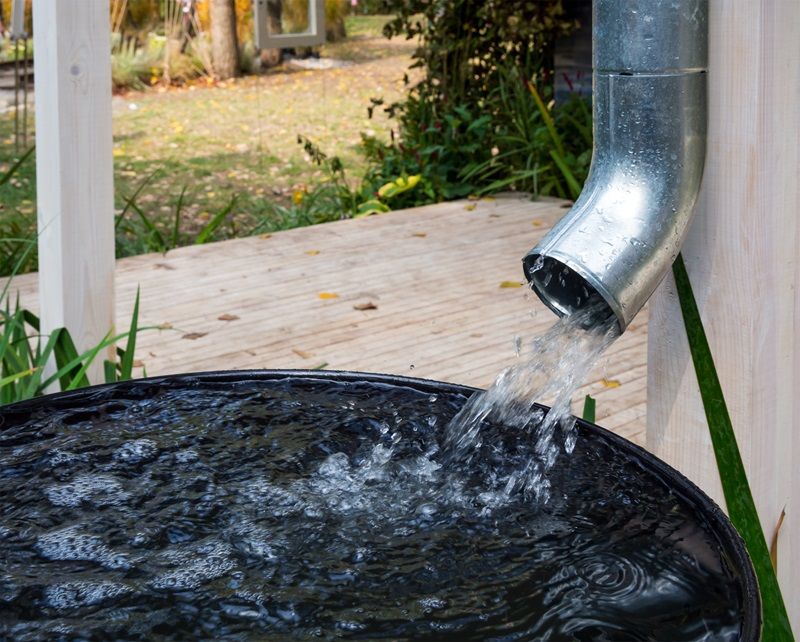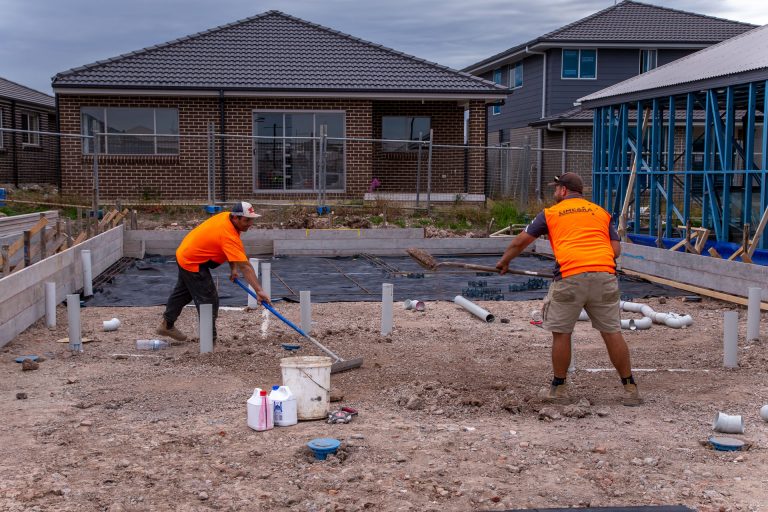Forecasting the Next Era of Plumbing: Developments and Breakthroughs
Forecasting the Next Era of Plumbing: Developments and Breakthroughs
Blog Article
Every person maintains their unique opinion on the subject of Innovative Plumbing Trends Transforming Construction.

Introduction
The pipes market is undertaking a transformative stage driven by technological developments and expanding problems for sustainability and effectiveness. This short article checks out arising patterns and developments forming the future of plumbing.
Regulative Landscape
Regulatory frameworks play an important duty fit the adoption of pipes developments, with criteria and codes controling everything from water performance to product safety and security. As innovations remain to progress, regulative bodies must adjust to guarantee consumer security and environmental stewardship.
Future Expectation
The future of plumbing is defined by continued innovation and integration with other markets such as IoT, renewable energy, and structure automation. By embracing sustainable practices, leveraging emerging innovations, and prioritizing user-centric layout, the plumbing sector is positioned to attend to the advancing requirements of culture while lessening its ecological impact.
Augmented Truth in Plumbing
Increased Fact (AR) innovation is revolutionizing pipes by providing service technicians with real-time visual advice for repairing and fixing jobs. AR-enabled smart glasses or mobile applications overlay digital information onto the physical environment, aiding plumbers imagine pipe layouts, identify covert leaks, and implement repairs with accuracy.
Impact of 3D Printing
The introduction of 3D printing has introduced brand-new possibilities in producing pipes components. From custom-made fixtures to intricate pipe fittings, 3D printing allows for fast prototyping and on-demand production, lowering lead times and making it possible for better customization in plumbing layout.
Health And Wellness Qualities
In feedback to heightened worries for health and safety, pipes fixtures are integrating features such as antimicrobial surface areas, touchless procedure, and self-cleaning devices. These technologies not just enhance hygiene but likewise promote individual convenience and benefit.
Hygiene-focused Components
Touchless faucets, self-sanitizing commodes, and antimicrobial surfaces are coming to be significantly common in domestic and business settings, lessening the threat of germ transmission and promoting a cleaner, healthier environment.
Water Top Quality Surveillance
Developments in water top quality surveillance innovations make it possible for property owners to check the pureness and safety and security of their water supply in real-time. Smart water quality sensing units can detect contaminants, pH levels, and temperature level variants, equipping individuals to take aggressive actions to make sure water safety and security.
Remote Plumbing Services
Remote diagnostics and digital help are transforming the method pipes solutions are supplied. Via video conferencing and remote gain access to innovations, plumbings can fix problems, offer assistance for do it yourself repairs, and even perform remote examinations, providing higher availability and ease to homeowners.
Challenges and Opportunities
While pipes technologies hold tremendous guarantee, they also existing difficulties such as data privacy worries, regulative conformity, and the demand for workforce training. Attending to these challenges needs partnership in between sector stakeholders and governing bodies to make sure secure and responsible execution of new innovations.
Smart Plumbing Systems
Incorporating wise technology right into pipes systems enables remote tracking, leak detection, and automated upkeep. Smart sensing units and IoT (Web of Things) devices permit homeowners and plumbings to keep track of water usage and detect problems in real-time, resulting in more reliable resource administration and aggressive maintenance.
Water Performance Solutions
With raising emphasis on water preservation, ingenious services are being created to reduce water wastefulness in pipes systems. High-efficiency fixtures, greywater recycling systems, and wise watering controllers are amongst the modern technologies assisting customers reduce their water footprint while keeping convenience and benefit.
Lasting Products
The shift towards sustainability includes pipes products, with a growing preference for green options. Biodegradable piping products, such as PEX (cross-linked polyethylene) and HDPE (high-density polyethylene), offer longevity and resistance to rust without jeopardizing environmental stability.
Predictive Upkeep
Anticipating maintenance techniques utilize data analytics and artificial intelligence formulas to anticipate and prevent plumbing problems prior to they occur. By analyzing historical information and efficiency metrics, anticipating upkeep formulas can identify patterns and abnormalities, making it possible for proactive interventions to avoid expensive repair services and disturbances.
Verdict
Finally, the future of pipes is defined by a merging of innovation, sustainability, and user-centric design. By welcoming wise services, lasting products, and aggressive maintenance techniques, the plumbing market can enhance effectiveness, advertise safety, and contribute to a much more lasting future.
Plumbing Industry Trends You Need To Know
Smart technology in plumbing
Homeowners want to be able to manage their homes from their phones. The technology exists to make that happen. From smart toilets to leak detector devices, the whole plumbing system can be managed on an interconnected network made up of sensors, IoT devices, and machine learning algorithms.
This allows for wireless control to turn appliances on and off, automate routines, and access advanced monitoring to track water usage and flag potential issues. Smart technology streamlines water consumption, maintenance and energy usage, creating a more efficient system.
Green plumbing
The data analysis possible with smart technology not only improves convenience and cost-effectiveness but also fulfills a high-priority customer desire – sustainability. Consumers are very aware of their impact on the planet and want plumbing solutions to reduce damage and support sustainability. Eco-friendly plumbing solutions are already starting to emerge.
Customers can opt for low-flow toilets, water-saving faucets, and connections to sustainable energy sources. Beyond monitoring water consumption, customers can conserve water through the installation of greywater systems. This is a system that collects water that has been used but is still clean enough for some household uses such as toilet flushing.
Shorter product pipeline
To keep up with modern plumbing, plumbers need modern tools that enable them to complete jobs more efficiently. One technology making strides in this area is 3D printing. By 3D printing key plumbing fixtures, plumbers can reduce wait times even for specialized fixtures. It minimizes delays often seen in traditional manufacturing that frustrate customers and prevent plumbers from taking on more work.
Off-site repairs
Augmented reality is making a splash in many industries including plumbing. Plumbers can map a building online so they can explore the plumbing system through augmented reality, identifying areas of maintenance and repair completely digitally. This technology can be applied quite widely in plumbers’ work including planning installations and training new recruits. It’s safer, smarter and more efficient.
Low-footprint materials
Another way for plumbing companies to reduce their environmental footprint and meet the customer demand for sustainability is by using recycled materials in their work. The products they source and manufacture such as pipes, fixtures and faucets can be made from recycled materials. This saves the planet while being just as effective.
Onsite water purification
Additionally, plumbing companies can be advocates of water conservation and ease the financial and environmental concerns of customers by offering water purification systems. New water purification technology such as reverse osmosis systems and UV systems make it possible for homeowners and business owners to thoroughly cleanse water, removing contaminants onsite. This means the water can be safely reused in more ways than greywater can be, establishing a water recycling loop.
Tankless water heaters
Another innovation of modern plumbing is tankless water heaters. The idea is that the water is heated on demand as it runs through the system instead of being heated in a water tank. This is more energy efficient and therefore cost-effective and eco-friendly because water isn’t heated needlessly.

I'm certainly very serious about 7 Plumbing Industry Trends You Need To Know and I'm hoping you appreciated the entire post. Enjoyed reading our piece of writing? Please share it. Help another person discover it. Many thanks for going through it.
Call Report this page